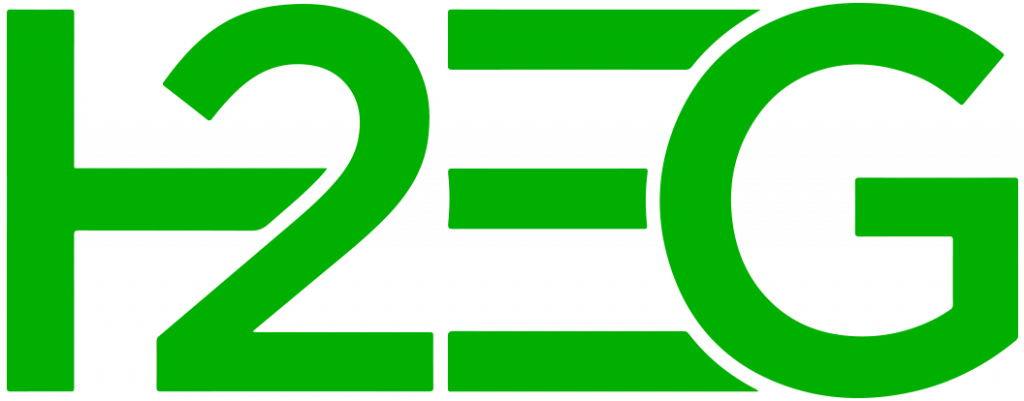
The Kawasaki Plant currently uses two 73.5MW petroleum coke and city gas power generation units for the production of chemicals like ammonia, hypochlorite, and chloroprene rubber.
However, one of the units is set to be replaced with a 30–40MW natural gas and hydrogen co-firing turbine to cut the site’s emissions by up to 254,000 tonnes of carbon dioxide.
Expected to be operational in Q1 2030, the new unit will generate up to 210GWh annually, covering around 40% of the site’s power consumption.
Resonac has said a portion of the output will be supplied to its semiconductor materials facilities in the Kanto region.
The ¥21.7bn ($142m) scheme has secured up to ¥7.08bn ($46m) in funding from METI through Japan’s GX Economic Transition Bonds.
Resonac has not disclosed its hydrogen supply source for the new turbine.
It comes after Resonac announced it would use hydrogen produced from used plastics in its ammonia production, using gasification from chemical recycling. CO2 produced by the process is planned to be used for food and beverage applications.
Reach the global hydrogen audience
Put your brand at the heart of the hydrogen conversation. With H2 View, you can reach decision-makers and professionals across the global hydrogen value chain.
Our 2025 Media Guide shows how you can:
• Advertise across digital, print, and newsletters
• Connect with a highly engaged hydrogen audience
• Align your company with trusted industry coverage
Download H2 View’s Media Guide today

